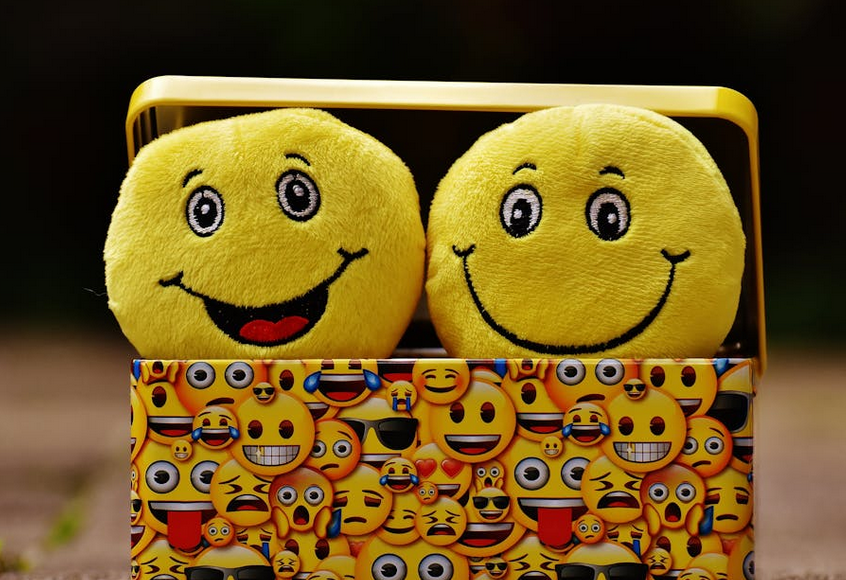Learn how emojis evolved from basic symbols to a universal language used worldwide.
The Birth of Emojis
Emojis were first introduced in 1999 by Japanese designer Shigetaka Kurita. Created for NTT DoCoMo, a Japanese telecommunications company, the original set included 176 pixelated icons inspired by manga and pictograms. These emojis were designed to convey emotions and everyday concepts, such as weather, feelings, and activities, in a visually compact way.
Expansion and Standardization
As mobile technology spread globally, the demand for emojis grew. In 2010, the Unicode Consortium standardized emojis, ensuring they could be used universally across different devices and platforms. This critical step allowed emojis to become a key part of digital communication worldwide.
A Global Phenomenon
By the mid-2010s, emojis became a cultural phenomenon. Social media platforms like Twitter, Facebook, and Instagram embraced emojis, making them an essential part of online interaction. In 2015, the “Face with Tears of Joy” emoji 😂 was named Oxford Dictionary’s Word of the Year, highlighting its impact on modern language.
Emojis as a Cultural Mirror
Over time, emojis have evolved to represent diversity and inclusivity. Updates now include various skin tones, gender options, and symbols that celebrate different cultures and identities. This evolution reflects society’s changing values and ensures emojis resonate with users worldwide.
The Future of Emojis
Today, emojis are more than just symbols—they are tools for storytelling, branding, and even art. The Unicode Consortium regularly updates the emoji library, keeping it fresh and relevant to global trends. From their humble beginnings in Japan to their status as a global phenomenon, emojis have reshaped the way we communicate, demonstrating the power of visual language in the digital age.

